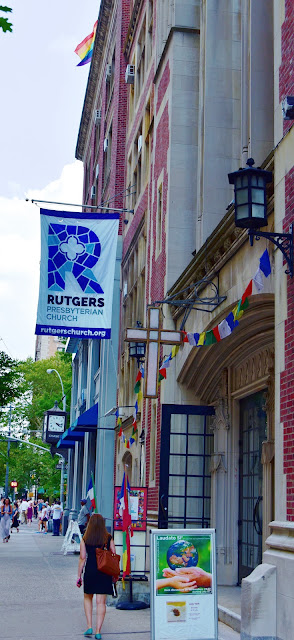Yeast is a miraculous substance.
I still remember helping my grannie and my mom making Challah bread. (Of course we do not call it that! Challah is a Jewish name borrowed together with the recipe from my Slavic ancestors.)
I still remember helping my grannie and my mom making Challah bread. (Of course we do not call it that! Challah is a Jewish name borrowed together with the recipe from my Slavic ancestors.)
I especially love mixing and kneading the leavened dough. After the first mixing it is left to rest in a warn place under a clean cloth for an hour or so. It will double in size, then it must be kneaded down by hands, almost back to its original volume. Then it is left to rest and it rises again. After a little bit of kneading it can be plaited into a bread or made into different forms and shapes, perhaps with diverse fillings to make colace/kolache (“koláče” - this is in fact most likely the phonetic origin of the word Challah).
Of course I love the golden baked results, but I have been even more fascinated, if you want enchanted, by the process of preparing the leavened dough. Every dough behaves slightly differently. Sometimes it rises fast, sometimes slow, sometimes kneading is easy and sometimes it can be real work, occasionally it plays some tricks - it all depends on the exact batch of flour, the precise temperature, outside weather, air humidity, the origin of the yeast, the experience and attitude of the baker, and yes, some would say his or her “aura”. It is as close to magic as you can get in everyday life - rounding the dough to make it into a nice smooth lump, later dimpling it gently with a finger to test how well it has risen, and then kneading it while it breathes and gently groans...
I am not at all surprised that yeast has been associated in the Bible and our faith tradition with supra natural powers. These powers are always viewed with awe, sometimes with distrust and often with wonder. The same or similar kind of yeast can completely spoil and rot the food or it can transform it into something new and surprising - fermenting fruits are turned into wine, inert indigestible flour is turned into golden crusted bread.
Come to celebrate World Communion Sunday and the vision of God’s kingdom of abundance for everyone. It is made possible by the smallest life-form mentioned in the Bible, humble and also glorious, tiny and very powerful yeast.












